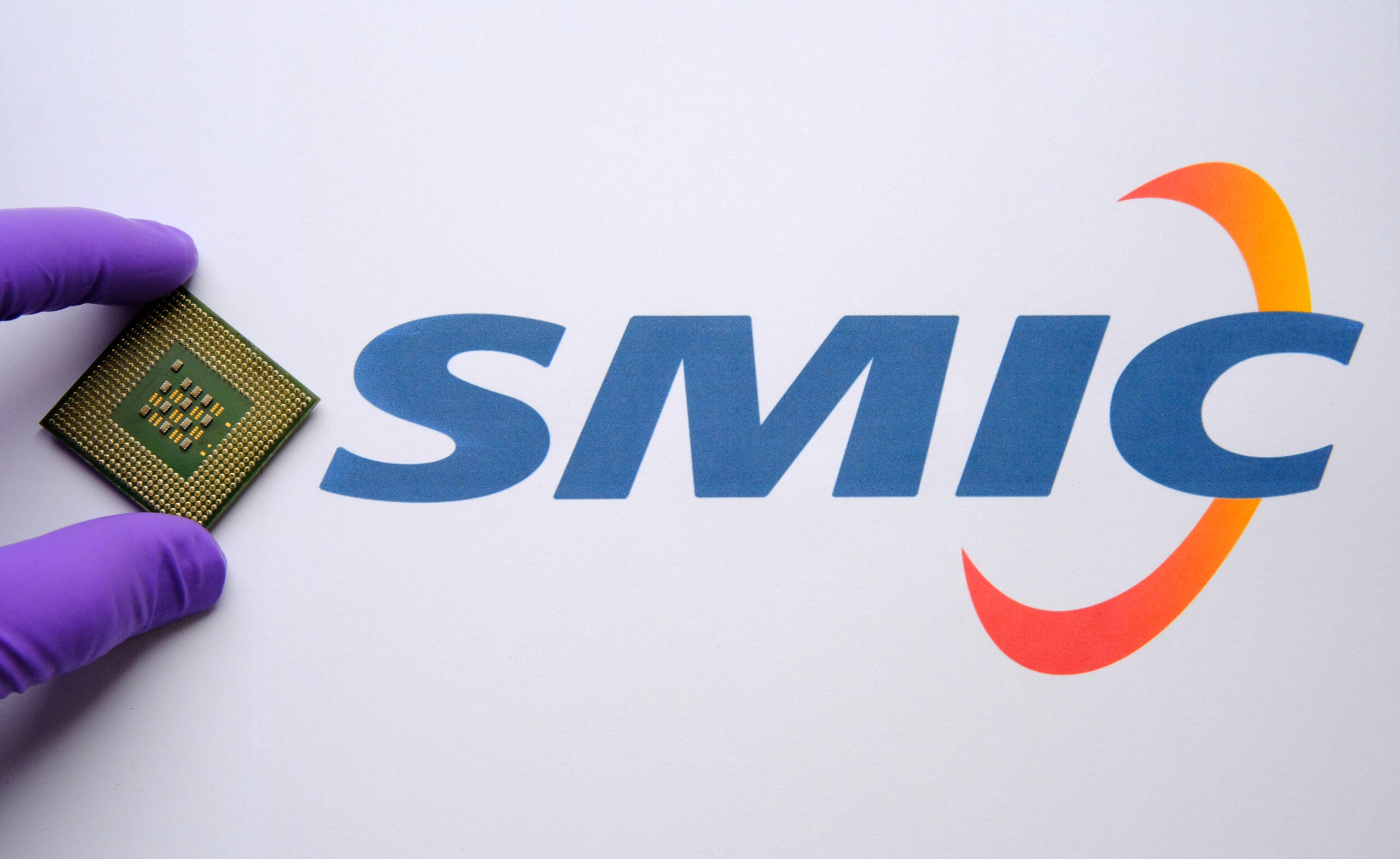
Chiang Shang-Yi has resigned from his role as vice-chairman at the largest chipmaker in China only 11 months after he joined the Semiconductor Manufacturing International Corporation (SMIC). He is the second top executive departing from SMIC within two months.
Chiang had previously served as the COO at the world’s largest semiconductor manufacturer, Taiwan Semiconductor Manufacturing Company (TSMC).

Access deeper industry intelligence
Experience unmatched clarity with a single platform that combines unique data, AI, and human expertise.
SMIC published a stock filing late Thursday night in which the Shanghai-based company said Chiang had resigned from all his duties as of immediately. Two other board members, Zhou Jie and Young Kwang Leei, stepped down at the same time as non-executive director and independent non-executive director, respectively.
Chiang was both the COO and the head of research and development at TSMC before retiring in 2006. He served as an independent non-executive director at SMIC between 2016 and 2019.
Chiang, who is in his mid-70s, said that he would go to the US, where he would join his family in the San Francisco Bay Area. “[I] don’t have any plan other than enjoying retirement life,” he told the South China Morning Post.
His and the other executives’ departure marks the largest management shake-up in China’s most influential semiconductor company since last December when it was blacklisted by the US government.

US Tariffs are shifting - will you react or anticipate?
Don’t let policy changes catch you off guard. Stay proactive with real-time data and expert analysis.
By GlobalDataIt follows from Zhou Zixue stepped down from his position as chairman for health reasons in September. Last December, co-CEO Liang Mong Song submitted a letter in which he threatened to resign, which was subsequently withdrawn.
Liang, who is also a former TSMC engineer, will remain as SMIC’s co-CEO but has resigned from the board as executive director.
Apart from Liang and Chiang, SMIC has relied heavily on expertise from Taiwan. SMIC was founded in 2000 by Richard Chang, a Taiwanese industry executive who hired a team of engineers from TSMC to build the mainland’s hope of competing with international rivals.
Rising tensions between China and Taiwan
Given the rising tensions between the mainland and Taiwan, regulators are increasingly worried about Chinese companies poaching Taiwanese tech talent. In May, several Taiwanese lawmakers from the ruling Democratic Progressive Party passed a proposal to stop the “brain drain” from Taiwan to China.
The proposal aimed to toughen penalties on industrial espionage by foreign entities. “The Chinese Communists’ orchestrated theft of technology from other countries poses a major threat to democracy,” the proposal read.
Amid the ongoing tug-of-war between the two countries and against the backdrop of a global chip shortage, SMIC has become China’s hope of reaching chip self-sufficiency. It is the world’s fourth-largest foundry and China’s most advanced chip manufacturer.
Last December, the firm was placed on the US Entity List, which restricts the company from buying key machinery, such as extreme ultraviolet (EUV) photolithography machines produced by ASML in the Netherlands. This has hampered SMIC’s ability to carry out research of more advanced processes below 10 nanometres (nm).
Nonetheless, the company posted a revenue climb of 31% to $1.42bn in the quarter ended in September, compared to $1.39bn of analysts’ forecast. The growth was most likely boosted by the global surge in demand for semiconductors.
Revenue for its advanced FinFet 14nm and 28nm accounted for 18.2% of its total revenue, up from 14.6% in the same period last year. This shows that a growing number of customers are buying more advanced chips. Still, its more mature 55nm and 65nm processes remain the biggest revenue drivers.
“There is a big debate at SMIC about where it should focus its R&D, with one faction arguing it should focus on consolidating its existing process technology and developing the packaging side, and the other wanting a bolder approach going for developing capabilities at the sub-14nm scale,” Michael Orme, senior analyst at GlobalData, tells Verdict. “The flurry of resignations suggest the latter have won the debate quite probably with Beijing approval.”
To keep up with China’s rise in demand for homegrown chips, SMIC has been expanding its capacity with a new $8.87bn plant in Shanghai as well as a $2.35bn fab in Shenzhen.
“Due to its strategic importance to Beijing, SMIC will get the support it needs to move upscale over the next several years, and it has run a year ahead of what the industry expected in getting to the volume production of 14nm technology,” says Orme.
There is also an overhanging issue about whether ASML will breach US sanctions and supply SMIC with its EUV lithography machines. It already supplies SMIC with its older generation circuit printers.
SMIC currently ranks 49th on GlobalData’s thematic scorecard for semiconductors. It is being held back mostly due to its poor performance in areas such as geopolitics and digital media. According to GlobalData, its response to the Covid-19 pandemic and its slow uptake of artificial intelligence has also caused the company to fall behind.






